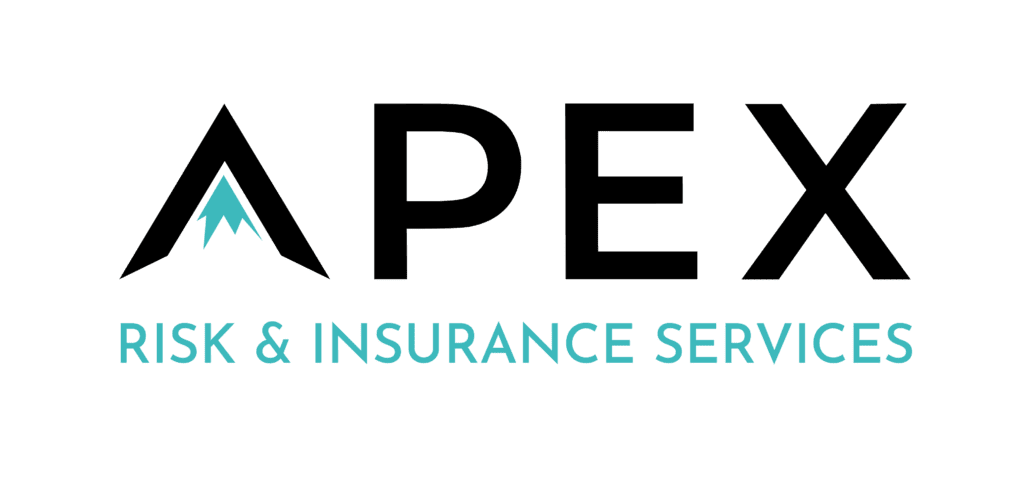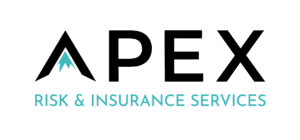Common Errors and Omissions Insurance Claims and How to Avoid Them
Errors and omissions (E&O) insurance provides essential coverage for professionals in various industries, protecting against claims of negligence, mistakes, or omissions in their work. While having E&O insurance is crucial, it’s equally important to understand the common claims that arise and take proactive measures to prevent them.
In this blog, we will explore some frequent errors and omissions insurance claims and provide actionable tips on how to avoid them, ensuring a smoother and more secure professional journey.
What is E&O Insurance?
We like to break it down like this: E&O insurance helps protect business owners from lawsuits accusing them of things they did (errors) or didn’t do (omissions) while providing service.
What Does E&O Insurance Cover?
While plans can vary, E&O insurance typically helps to protect your business against the following claims:
- Errors, mistakes, or oversights in the provided service
- Inaccurate professional advice
- Violation of good faith
- Missed deadlines
- Failure to deliver a service
- Breach of contract
- Omissions
- Misrepresentation
- Professional negligence
- Failure to meet a standard of care
Let’s take a look at some examples of common E&O insurance claims and how to avoid them.
Inadequate Documentation
Insufficient documentation is a common issue that can lead to E&O claims. Failure to maintain accurate records, contracts, agreements, or project details can create misunderstandings and disputes. To avoid this claim:
- Maintain comprehensive records of all communications, agreements, and changes throughout the project.
- Document all client instructions, requirements, and specifications in writing.
- Use contracts and agreements that clearly outline the scope of work, responsibilities, and deliverables.
- Keep a record of any changes or deviations from the original agreement and obtain client approval in writing.
Failure to Meet Client Expectations
Miscommunication and misunderstandings between professionals and clients can result in unmet expectations and subsequent E&O claims. To mitigate this risk:
- Establish clear and open lines of communication with clients, ensuring a thorough understanding of their needs and expectations.
- Regularly update clients on project progress, potential challenges, and any deviations from the agreed-upon timeline or scope of work.
- Document any changes to project specifications or requirements and seek client approval before proceeding.
- Use written proposals or project plans that outline deliverables, timelines, and anticipated outcomes, aligning expectations from the start.
Negligent Advice or Recommendations
Providing incorrect or inadequate professional advice can lead to E&O claims. Professionals should always exercise due diligence and expertise in their field to avoid such claims:
- Stay up to date with industry trends, regulations, and best practices relevant to your field of expertise.
- Conduct thorough research and analysis before offering advice or recommendations to clients.
- Clearly communicate any limitations or risks associated with your recommendations.
- Document all advice provided, including any disclaimers or limitations, to ensure transparency and accountability.
Missed Deadlines or Project Delays
Failing to meet agreed-upon deadlines or experiencing significant project delays can result in E&O claims. To prevent such situations:
- Set realistic timelines and communicate them clearly to clients.
- Regularly assess project progress and identify potential obstacles or delays in advance.
- Communicate any anticipated delays or challenges to clients as soon as possible, offering alternative solutions or mitigation strategies.
- Review and update project schedules regularly to ensure they align with client expectations and account for unforeseen circumstances.
Breach of Confidentiality:
Failure to maintain client confidentiality and protect sensitive information can result in E&O claims. This can happen through accidental disclosure, unauthorized access, or inadequate security measures.
- Implementing robust security measures to safeguard client data.
- Limiting access to confidential information and ensuring authorized access only.
- Training staff on the importance of confidentiality and data protection.
Failure to Disclose Risks
If professionals fail to disclose potential risks associated with their services or products, clients may hold them responsible for any resulting damages. It is crucial to communicate risks and ensure clients have a clear understanding of the potential consequences.
- Provide clients with a clear understanding of the potential risks and consequences.
- Document the disclosure of risks and have clients acknowledge and accept them in writing.
Scope Creep:
Gradual expansion of a project’s scope beyond the original agreement can lead to E&O claims. Prevent this by:
- Clearly defining the scope of work in the initial contract or agreement.
- Establishing a change management process to handle any modifications to the scope, timeline, or budget.
- Obtaining written approval from clients for any changes that go beyond the original scope.
Conflicts of Interest
Engaging in activities that present conflicts of interest or failing to disclose potential conflicts can result in E&O claims. To prevent this:
- Clearly identify and disclose any potential conflicts of interest to clients.
- Maintain professional objectivity and independence when making recommendations or decisions.
- Establish policies and procedures to address conflicts of interest and ensure compliance.
- Document any conflicts of interest and steps taken to mitigate them.
Improper Client Representation:
Providing inaccurate or misleading information about a client’s qualifications, experience, or capabilities can lead to E&O claims. To avoid this:
- Verify and validate client information before making any representations on their behalf.
- Maintain accurate records and documentation related to client representations.
- Clearly communicate the limits of your responsibility and scope of representation to clients.
- Seek legal guidance when uncertain about the accuracy or legality of client representations.
Failure to Obtain Proper Licensing or Certifications
Operating without the necessary licenses or certifications can expose professionals to E&O claims. To mitigate this risk:
- Stay informed about the licensing and certification requirements in your industry.
- Obtain and maintain all required licenses and certifications.
- Regularly review and update your credentials to ensure compliance with regulatory standards.
- Document and retain proof of licensing or certification to demonstrate compliance if needed.
Inadequate Quality Control Measures
Delivering substandard work or failing to implement quality control measures can result in E&O claims. To ensure high-quality services and products:
- Establish comprehensive quality control procedures and protocols.
- Regularly review and monitor work processes to identify potential issues or errors.
- Implement thorough quality assurance checks before delivering products or services to clients.
- Continuously invest in professional development to enhance skills and knowledge in your field.
Final Notes
Errors and omissions insurance is a valuable asset for professionals, but avoiding claims should always be a priority. By addressing common pitfalls such as inadequate documentation, failure to meet client expectations, negligent advice, and missed deadlines, professionals can significantly reduce their exposure to E&O claims. Implementing proactive measures, maintaining clear communication, and exercising due diligence in your work will not only protect your professional reputation but also provide peace of mind for both you and your clients.
Remember, prevention is the key to minimizing errors and omissions insurance claims, allowing you to focus on delivering exceptional services while safeguarding your professional practice. Interested in learning more? Check out our full guide to Errors & Omissions Insurance, here.
Do You Need E&O or Professional Liability Insurance?
At Apex, we want you to know and understand your options. We prioritize transparency and provide custom solutions to meet your insurance needs.
While professional liability insurance (PL) and errors and omissions (E&O) insurance are used interchangeably in some industries, the two forms of liability insurance have a few technical differences. Learn which policies are best for your business here.
Review our commercial insurance policies here.










